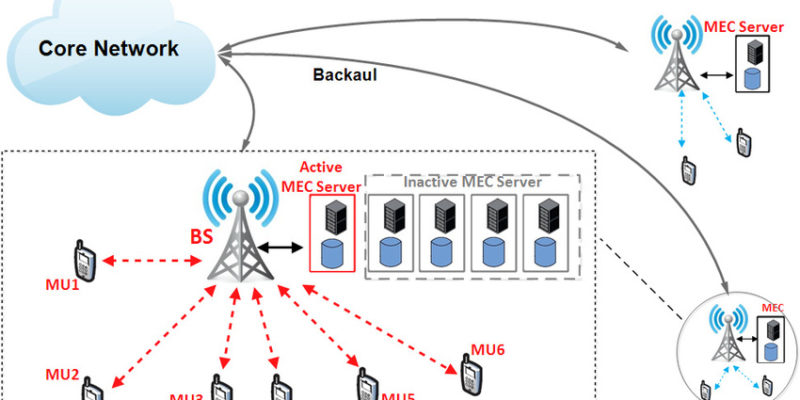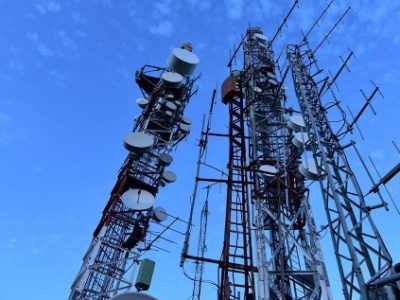A new study from Juniper Research has predicted that global MEC (Multi-access Edge Computing) spend will grow from $8.8 billion in 2022, to $22.7 billion by 2027. This growth of 260% will be driven by increasing requirements for on-premises machine learning and low-latency connectivity; enabled by 5G technology.
RELATED: Subscription Economy to reach $275B globally in 2022, says Juniper Research
MEC is a network architecture that moves processing power and digital content to mobile network edges to provide lower latency and faster processing to end users.
The new research, Edge Computing: Vertical Analysis, Competitor Leaderboard, and Market Forecasts 2022-2027, predicts that over 3.4 million MEC nodes will be deployed by 2027; rising from less than 1 million in 2022. It identifies autonomous vehicles and smart cities as key beneficiaries of increasing MEC roll-outs, by enabling the handling of data generated by connections in these markets to be processed at network edges. This will reduce network strain by decreasing the physical distance that cellular data will need to travel.
For more insights, download the free whitepaper: Multi-access Edge Computing – The $23 Billion Opportunity
Global MEC Reach to Grow Exponentially as Operators Expand
The report found that operator partnerships with agile technology companies, such as AWS, IBM and Microsoft, will be essential in achieving the growth of MEC node roll-outs. It forecasts that over 1.6 billion mobile users will have access to services underpinned by MEC nodes by 2027; rising from only 390 million in 2022. Furthermore, mobile cloud computing is anticipated to be a highly valued MEC service amongst mobile users over the next 5 years. By migrating processing power to the cloud, via MEC nodes, users will benefit from faster processing power and devices with smaller form factors.
MEC to Ease Network Bottlenecking
Additionally, the report predicts that the delivery of digital content, including video streaming, cloud gaming and immersive reality, will benefit from the geographical proximity of MEC nodes and increase value proposition by improving video caching and computational offload. It urges operators to maximise the user reach of MEC by focusing on urban deployments first.





























